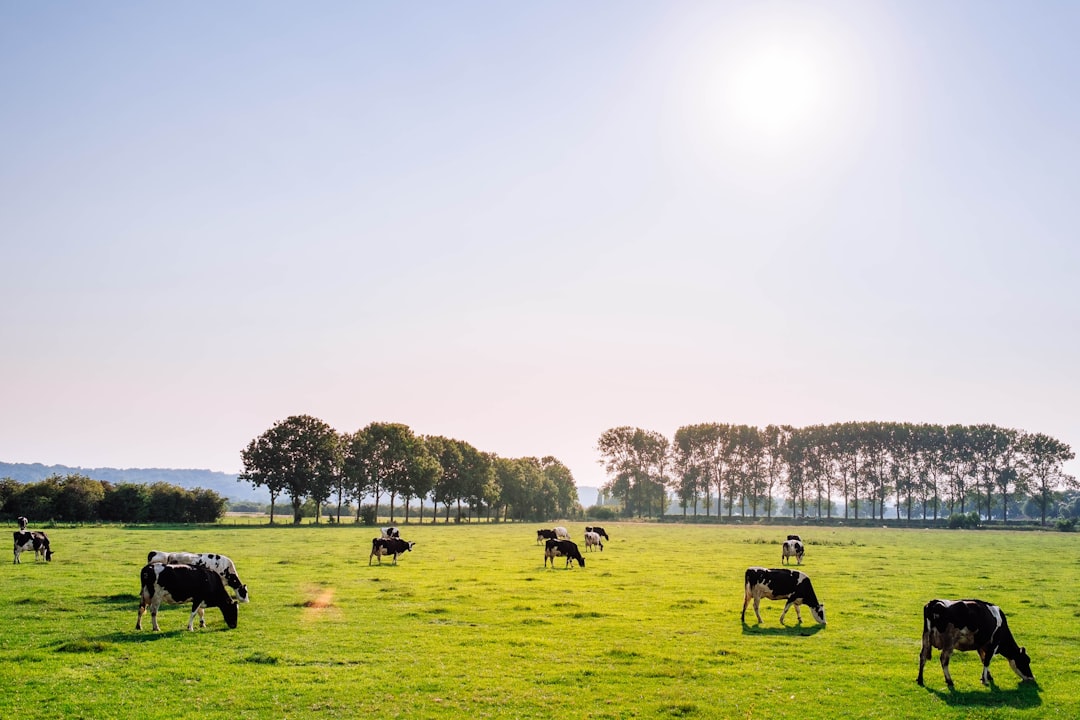Smallholder dairy farming plays a pivotal role in enhancing food security and supporting rural livelihoods worldwide, particularly in resource-limited settings. These small-scale operations not only provide a steady income for millions of households but also contribute significantly to local economies and nutrition. Here’s an in-depth look at the importance of smallholder dairy farming and strategies for its development in challenging environments.
Contribution to Food Security
Smallholder dairy farming is crucial for improving food security by providing essential nutrients and generating income for rural families:
-
Nutritional Benefits
-
Dairy products are rich in protein, calcium, and vitamins, enhancing the nutritional status of local communities.
-
Regular access to dairy products helps combat malnutrition, especially among children and pregnant women.
-
-
Income Generation
-
Milk sales offer a consistent source of income, enabling families to purchase other essential food items and non-food goods.
-
Diversified dairy products like cheese, yogurt, and butter can fetch higher prices, further boosting household income.
-
Supporting Rural Livelihoods
Smallholder dairy farming supports rural livelihoods by creating employment opportunities and fostering economic resilience:
-
Employment Opportunities
-
Dairy farming generates direct employment for farm laborers and indirect employment through allied activities like feed production and veterinary services.
-
Women often play a key role in dairy farming, contributing to household income and enhancing their economic empowerment.
-
-
Economic Resilience
-
Smallholder dairy farms typically operate with low liabilities and production costs, making them resilient to economic fluctuations.
-
Diversification into value-added dairy products can reduce dependence on raw milk sales, enhancing financial stability.
-
Challenges in Resource-Limited Settings
Despite its benefits, smallholder dairy farming faces several challenges in resource-limited environments:
-
Financial Constraints
-
Limited access to capital hinders the adoption of improved technologies and practices.
-
High-interest loans can exacerbate financial burdens.
-
-
Feed and Water Scarcity
-
Inadequate feed and water resources can lead to reduced milk yields and animal health issues.
-
Climate change exacerbates these challenges by altering rainfall patterns and increasing temperatures.
-
-
Market Access
-
Smallholder farmers often struggle to access formal markets due to lack of infrastructure and market information.
-
Middlemen may exploit farmers by offering low prices for their milk.
-
Strategies for Development
To overcome these challenges and enhance the impact of smallholder dairy farming, several strategies can be implemented:
-
Extension Services and Training
-
Provide training on improved dairy practices, such as better feeding strategies and animal health management.
-
Encourage the adoption of climate-resilient technologies.
-
-
Cooperative Models
-
Establish dairy cooperatives to improve market access, negotiate better prices, and share resources.
-
Cooperatives can also facilitate access to credit and inputs.
-
-
Value Addition
-
Promote the production of value-added dairy products to increase income margins.
-
Support local processing units to enhance product quality and marketability.
-
Conclusion
Smallholder dairy farming is a vital component of rural livelihoods and food security globally, especially in resource-limited settings. By addressing the challenges faced by these farmers and implementing supportive strategies, we can enhance their productivity, income, and resilience. This not only improves local nutrition and economic stability but also contributes to sustainable agricultural development worldwide.
Additional Resources
For more detailed information on smallholder dairy farming and strategies for its development, consider the following resources:
-
Dairy Extension Services: Engage with local extension offices for advice on improving dairy practices and accessing resources.
-
Cooperative Development Guides: Explore guides on establishing and managing dairy cooperatives to enhance market access and income.
-
Food Security Reports: Review reports from organizations like the FAO to understand the broader impact of dairy farming on global food security.
Citations:
- https://www.cahiersagricultures.fr/articles/cagri/full_html/2019/01/cagri180193/cagri180193.html
- https://knowledge4policy.ec.europa.eu/publication/food-safety-measures-food-security-smallholder-dairy-farmers-empirical-evidence-bihar_en
- https://ijrpr.com/uploads/V5ISSUE10/IJRPR34305.pdf
- https://www.thecattlesite.com/articles/2527/recommendations-for-smallholder-dairy-development
- https://journals.sagepub.com/doi/pdf/10.1177/09730052221123435
- https://academic.oup.com/af/article-abstract/11/2/41/6276824
- https://www.fao.org/4/i1522e/i1522e.pdf
- https://www.sciencedirect.com/science/article/abs/pii/S0167587725000960
- https://sapp.lk/livelihood-development-of-smallholder-dairy-farmers/
- https://www.sciencedirect.com/science/article/pii/S2666154322002009
- https://adranepal.org/country-director-reflections-from-the-field-strengthening-livelihoods-through-smallholder-dairy-farming/

Comments
No comments yet. Be the first to comment!
You must be logged in to comment. Login